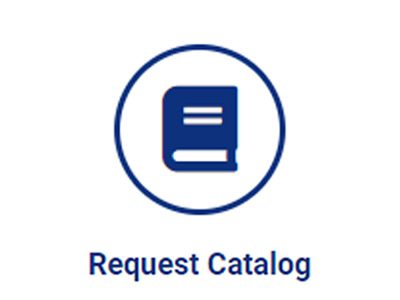“Standard Test Methods for the Determination of Total Oxygen in Gasoline and Methanol Fuels by Reductive Pyrolysis” Annual Book of ASTM Standards. Philadelphia: American Society of Testing and Materials. Current edition approved Oct. 15, 1994.1
ASTM D 5622-94
This standard is issued under the fixed designation D 5622; the number immediately following the designation indicates the year of original adoption or, in the case of revision, the year of last revision. A number in parentheses indicates the year of last re-approval. A superscript epsilon (€) indicates an editorial change since the last revision or reapproval.
- Scope
1.1 These test methods cover, the quantitative determination of total oxygen, present at concentrations ranging from 0.01 to 50 % (m/m) in gasoline and methanol fuels by reductive pyrolysis.
1.2 Precision data are provided for 1.0 to 5.0 % 9m/m) oxygen in gasoline and 40 to 50 % (m/m) oxygen in methanol fuels.
1.3 Several types of instruments can be satisfactory for theses test methods. Instruments can differ in the way that the oxygen-containing species is detected and quantitated. However, these test methods are similar in that the fuel is pyrolyzed in a carbon-rich environment.
1.4 This standard does not purport to address all of the safety concerns, if any, associated with its use. It is the responsibility of the user of this standard to establish appropriate safety and health practices and determine the applicability of regulatory limitations prior to use.
1.5 The values in SI units are to be regarded as the standard. The values given in the parentheses are for information only.
- Referenced Documents
2.1 ASTM Standards:
D 1298 Practice for Density, Relative Density (Specific Gravity or API Gravity of Crude Petroleum and Liquid Petroleum Products by Hydrometer Method2
D 4052 Test Method for Density and Relative Density of Liquids by Digital Density Meter3
D 4057 Practice for Manual Sampling of Petroleum and Petroleum Products3
D 4815 Test Method for Determination of C1 to C4 Alcohols and MTBE in Gasoline by Gas Chromatography4
2.2 Other Standards:
Clean Air Acts (1992)5
- Summary of Test Methods
3.1 Microlitre quantities of the fuel specimen are introduced by syringe into a high temperature (approximately 950 to 1300˚C) tube furnace that contains metallized carbon.
Oxygen-containing compounds are pyrolyzed, and oxygen is quantitatively converted to carbon monoxide. Carrier gas (typically nitrogen, helium, or helium/hydrogen mixtures)transports the carbon monoxide to downstream reactors, scrubbers, separators, and detectors, which vary among the type of commercially available instruments.
3.1.1 Test Method A5 – Helium carrier gas transports the pyrolysis products to a combination scrubber to remove acidic gases and water vapour. The products are then transported to a molecular sieve gas chromatographic column where the carbon monoxide is separated from the other pyrolysis products. A thermal conductivity detector generates a response that is proportional to the amount of carbon monoxide.
3.1.2 Test Method B6 – Nitrogen carrier gas transports the pyrolysis products through a scrubber to remove water vapour. The pyrolysis products then flow through tandem infra-red detectors that measure carbon monoxide and carbon dioxide, respectively.
3.1.3 Test Method C7 – a mixture of helium and hydrogen (95 % helium, 5 % hydrogen) helium, or argon transports the pyrolysis products through heated copper to remove sulfur-containing products and then through a scrubber/reaction tube to remove acidic gases and oxidize carbon monoxide to carbon dioxide (optional). The product gases are then homogenized in a missing chamber, which maintains the reaction products at absolute conditions of temperature, pressure, and volume. The mixing chamber is subsequently de-pressurized through a column that separates carbon monoxide (or carbon dioxide if operating in the oxidation mode) from interfering compounds. A thermal conductivity detector measures a response proportional to the amount of carbon monoxide or carbon dioxide.
3.1.4 Test Method D8 – Nitrogen carrier gas transports the pyrolysis products through scrubbers to remove acidic gases and water vapour. A reactor containing cupric oxide at 325˚C oxidizes the carbon monoxide to carbon dxide, which in turn is transported into a coulometric carbon dioxide detector. Coulometrically generated base titrates the acid formed by reacting carbon dioxide with ethanolamine.




